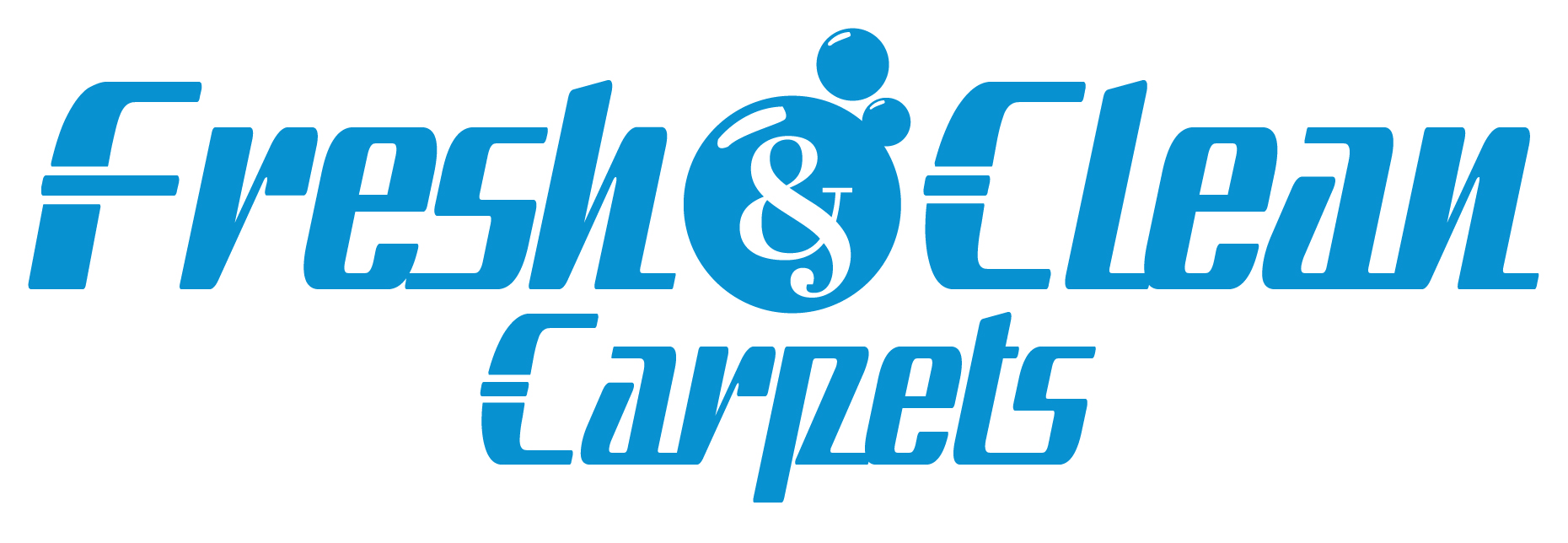Schedule your appointment today! 801-350-2822
Flooding in Sandy, Utah, can cause significant damage to carpets, leaving homeowners with the crucial decision of whether to clean or replace their waterlogged flooring. Both cleaning and replacement have their place in flood recovery, and understanding the key factors involved can help you make the best decision for your home. Here’s a guide to help you determine when to clean and when to replace your flooded carpets.
When to Clean Your Flooded Carpets
- Minor Water Exposure
- Assessment: If your carpets have been exposed to clean water or only minor flooding, cleaning may be sufficient. Clean water from a broken pipe or minor overflow is less likely to introduce harmful contaminants.
- Action: Immediately start the cleaning process by removing as much water as possible with a wet/dry vacuum. Follow up with professional cleaning and drying to prevent mold growth and restore your carpets.
- Short-Term Exposure
- Assessment: Carpets that have been wet for less than 24 hours and show no signs of mold or significant contamination are often candidates for cleaning. Quick action is key to preventing long-term damage.
- Action: Engage a professional carpet cleaning service to handle the drying and disinfecting process. Ensure the carpets are thoroughly dried to avoid future mold issues.
- Carpet Condition
- Assessment: If your carpets are relatively new and in good condition aside from the water damage, cleaning might be the best option. Professional cleaners can often restore carpets to their pre-flood state.
- Action: Choose a cleaning service experienced in handling flood damage. They will use specialized equipment and cleaning solutions to address any contaminants and odors.
When to Replace Your Flooded Carpets
- Contaminated Water Exposure
- Assessment: If your carpets have been exposed to contaminated water, such as sewage or floodwater from outside, replacement is often necessary. Contaminants can pose serious health risks and may not be fully removable through cleaning.
- Action: Replace the carpets and address any underlying issues with your home’s structure. Ensure that all contaminated materials are properly disposed of and cleaned.
- Extended Water Damage
- Assessment: Carpets that have been wet for more than 48 hours or show visible signs of mold, mildew, or severe staining often need replacement. Prolonged exposure increases the likelihood of permanent damage and health hazards.
- Action: Remove and replace the carpets and assess the condition of the padding and subfloor. Mold remediation might be necessary to address any issues with the underlying structure.
- Structural Damage
- Assessment: If the flood has caused significant damage to the carpet padding or subfloor, replacing the carpets might be the most practical solution. Water damage can weaken the support and structure of the flooring.
- Action: Replace both the carpet and padding if necessary. Ensure that any structural damage is repaired before installing new carpets to prevent future issues.
Making the Decision
To decide whether to clean or replace your flooded carpets in Sandy, Utah, consider the extent of the water exposure, the source of the water, the duration of the exposure, and the condition of the carpets. Consulting with a professional carpet cleaner or restoration expert can provide valuable insights and help you make an informed decision.
Flooded carpets in Sandy, Utah, present a challenging situation that requires careful consideration. Cleaning is often suitable for minor water damage and short-term exposure, while replacement may be necessary for contaminated or severely damaged carpets. By evaluating the key factors and seeking professional advice, you can effectively address the flood damage and restore your home to its pre-flood condition.

